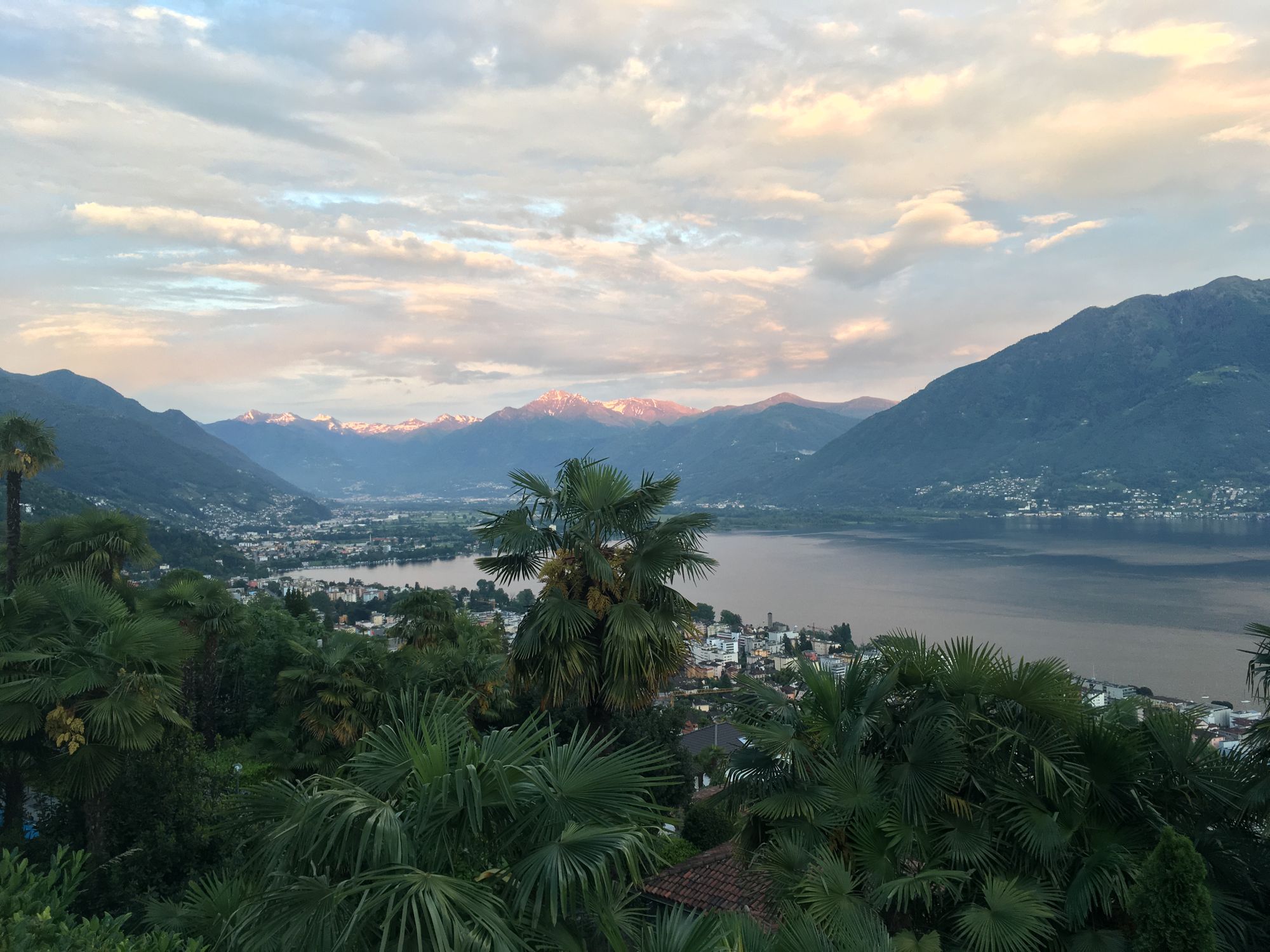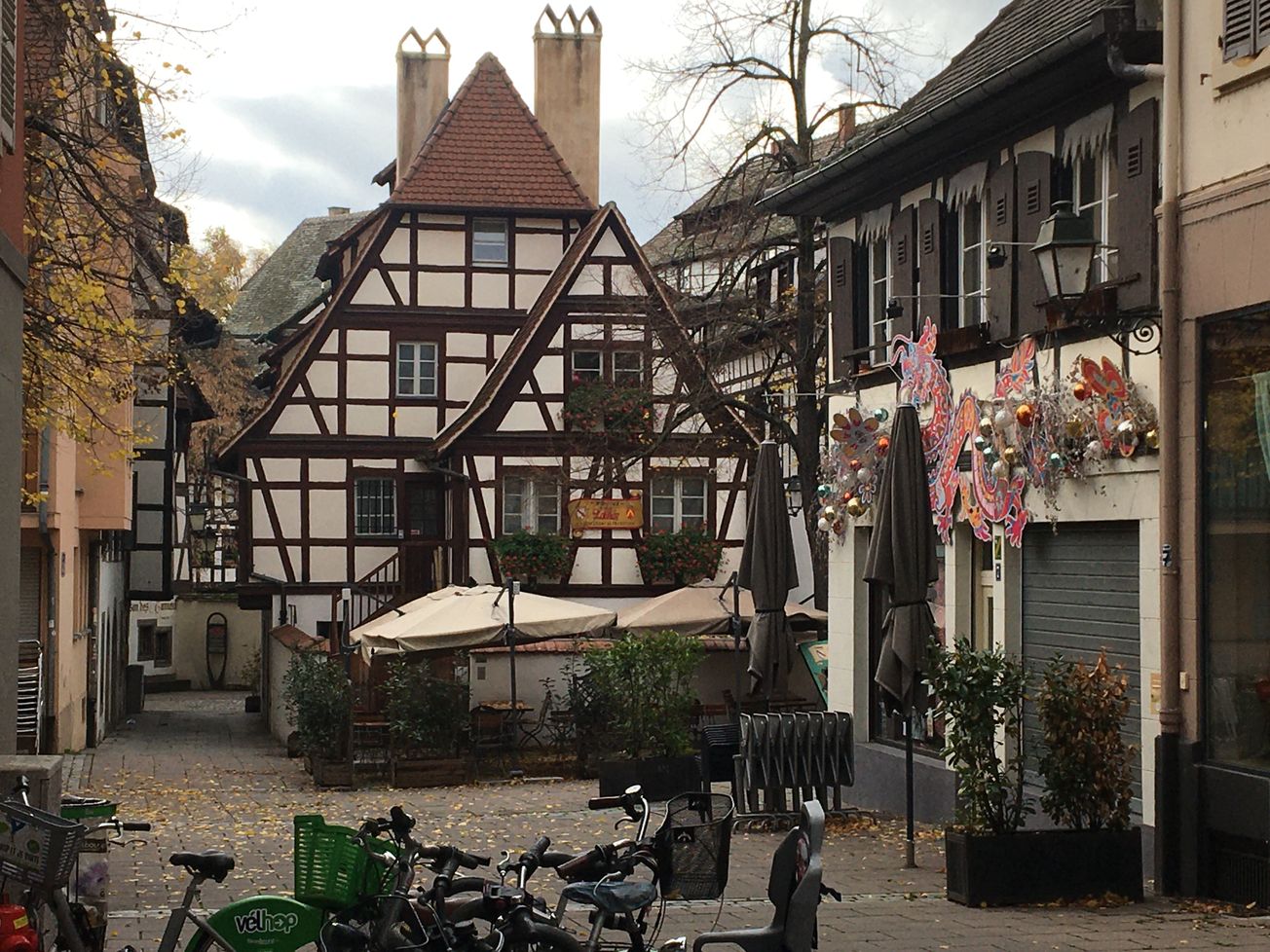By Xander Brett, Travel Editor
The Croft Magazine // Veering either side of the Rhine, it's a long journey from the Alps to the plains.
The River Rhine is Europe’s lifeblood. From Switzerland, it touches Austria, then travels through France and Germany, rounds the corner of Belgium and Luxembourg, before messily spitting out on the plains of The Netherlands. A simple, yet historically unrivalled path that begins in the heights of the Alps, at Lake Toma in Switzerland. I’ve always thought it ironic that the most European country isn’t in the European Union. Switzerland speaks French, German and Italian, drives on the right and likes wine, cheese, skiing and money. Yet it stays outside the monetary and customs union: sharing a cultural, but not political, heritage.
But, for that reason, I think it’s appropriate the river’s journey should start here. It travels downhill along the Swiss-Austrian border, skimming across the dot of Liechtenstein, then entering the waters of Lake Constance, where it consumes the political union of Germany and Austria, turning left to form the Swiss-German border. I love Switzerland, with its clean streets, cuckoo clocks and cowbells, marvelling at its riviera in Ticino during a trip to the Italian lakes in 2018. And, across Lake Constance, on the other side of Switzerland, Vienna is what I found to be one of Europe’s finest capital cities: its trappings of a retired empire encircled by the wonderfully inventive national street: the Ringstraße.

Anyway, intrigue of The Third Man aside, it’s back to the river. And the Rhine’s purpose four times is to act as a border: between Switzerland and Austria, Switzerland and Liechtenstein, Switzerland and Germany, and France and Germany. It’s the Franco-German border, obviously, that’s most important, separating two massive egos. In the last couple of years, I’ve visited this region often: both Alsace-Lorraine and Baden-Württemberg. This is the divide between Europe’s two great superpowers and, though one step either side means, immediately, a different language and customs (many on the French side eat and speak German, nobody on the German side eat or speaks French), nowhere else on the Continent do you feel more European. I’ve never understood why Strasbourg is Europe’s second capital, not it’s first. This is, surely, the most ideal location for an army of bureaucrats ruling a union with one currency and soon, I hope, one army.

Europe is characterised by its ‘clusters within a cluster’, with a Nordic Union, a Baltic Entente and, here, the Benelux Agreement. Uniting Belgium and The Netherlands, it gave Luxembourg an identity, snuggling up to the Low Countries, rather than associating with the larger powers whose languages they speak. Here, French is the language of road signs and commerce, Luxembourgish of politics and the home, and German of education. I was astonished, at the newsagents in Luxembourg City, to find newspapers are trilingual and, unlike in Belgium, there’s no linguistic geographical divide. Indeed, nowhere in Europe is that geographical linguistic divide more widely felt than in Belgium, where only the island of Brussels is bilingual.
Visiting Belgium, it never ceases to amaze me that the rigid ‘two nations’ approach, with the Belgian entity bound only by a monarchy and prime minister, means, in Flanders, nobody speaks French, and, in Wallonia, nobody speaks Dutch. But the Rhine, sensibly, bypasses both regions, so let’s skip straight up to The Netherlands: that wonderful land of windmills, tulips and blonde girls with gappy teeth. I love the sweetness of Amsterdam (it is, despite its naughty reputation), and it’s here in the Netherlands the Rhine ends its journey. At Fort Pannerden, the river splits: the Nederrijn diverts via Arnhem and the Waal via Dordrecht, with both meeting back up at Rotterdam to spill into the North Sea. Its European credentials, unfortunately, unable to make the trip over to us
Featured Image: Epigram / Xander Brett









